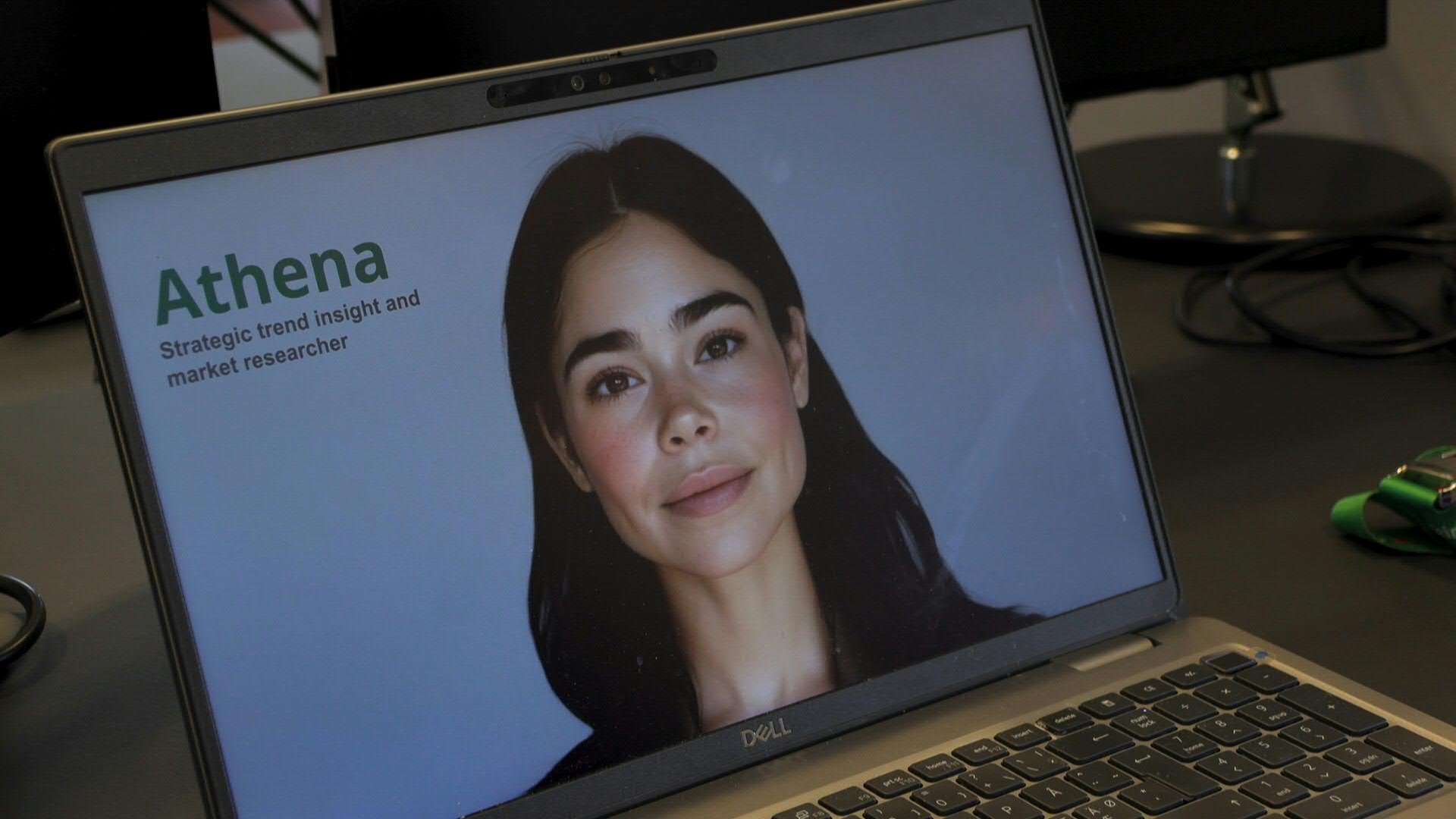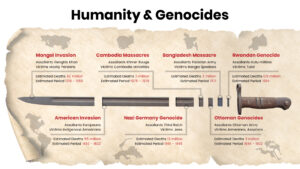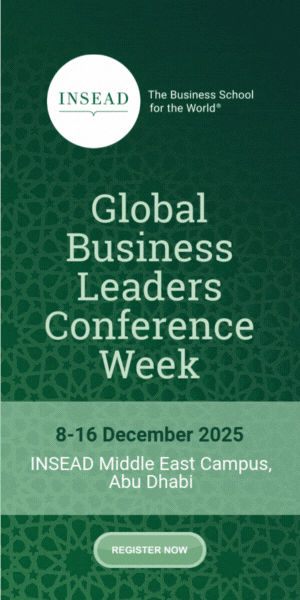Fakse, Denmark — They have names, faces and email addresses, but the five new colleagues at Denmark’s Royal Unibrew only exist in the virtual realm, which the brewer hails as a milestone to unleash the full potential of its staff.
“What we as humans are good at is our creativity, our empathy, our knowledge of our customers,” marketing director Michala Svane told AFP.
Svane explained that working together with their digital colleagues, their human employees “get help for more routine-based work and finding information”.
With the help of Danish company Manifold AI, she has enriched her team with five AI “colleagues”: brand specialist KondiKai, market analyst Athena, Prometheus, who gathers all sales data, Moller, a sommelier specializing in pairing food and beer, and trade specialist Ella.
Initially, the assistants operated without names, but the five “colleagues” now all have a backstory, can swap outfits, and interact daily with other employees.
The company has made photos of the “colleagues” — three men and two women, all attractive and fit — and human employees interact with them via chats and emails.
“When we put a picture on the AI agent, the use and the engagement went up times four,” Svane said.
According to Svane, she hasn’t sensed any apprehension from the human staff in accepting their virtual co-workers.
Jan Damsgaard, a professor specializing in digital transformations at Copenhagen Business School, explained that AI employees are often designed as “personas” for a better user experience for those interacting with them.
“They are created to attend to special issues,” Damsgaard told AFP.
At Royal Unibrew, Denmark’s second-largest brewer, Karin Jorgensen, who heads the team responsible for data collection and analysis and converses daily with Athena, her “sparring partner.”
At the moment, she is interested in the non-alcoholic beer market, and conversing via the instant messaging service Teams Athena guides her through already completed reports and an overview of the market.
“Before, there were a lot of emails coming in. And we had to look up old reports and do a lot of connecting things and so on. We have definitely moved to more agility, more speed,” Jorgensen told AFP.
Another advantage, she said, is that analysis and collating information can be kept in-house.
“We are getting much more value and getting much more effective as we work,” the analyst said.
Jorgensen is also anticipating further developments, such as Athena being able to participate in meetings.
Critical thinking –
While this new relationship can make employees more productive, they need to be mindful that they maintain their critical thinking skills, one of the managers Lise Knuppert Hordam warned.
“You need to be critical of everything that comes from KondiKai because he is a machine,” she said.
“What he says is based on all the data we gave him. So it is valid what he says, but it needs a human touch and creative thinking,” she said.
The development of these new tools, or “colleagues,” is not only a technological feat for Michala Svane, but it is also laying the foundation for a hybrid team of humans and AI co-workers that work together effortlessly.
But every new technology also carries risk, according to Damsgaard.
In this case, what raises questions are the interactions between employees and their AI colleagues: what happens when your closest colleague is an AI collaborator and not a real person? What do you do if a human colleague conflicts with an AI co-worker?
“It’s something we know little about,” the researcher said, adding that he hoped such questions will get answered as the technology developed.








